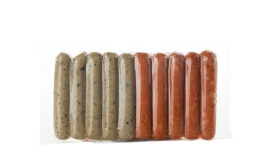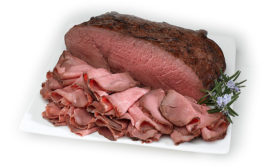Home » Keywords: » post-packaging pasteurization
Items Tagged with 'post-packaging pasteurization'
ARTICLES
Providing another barrier for pathogens
Post-harvest pasteurization methods protect against foodborne pathogens, while keeping labels clean.
Read More
Stay ahead of the curve. Unlock a dose of cutting-edge insights.
Receive our premium content directly to your inbox.
SIGN-UP TODAYCopyright ©2024. All Rights Reserved BNP Media.
Design, CMS, Hosting & Web Development :: ePublishing








